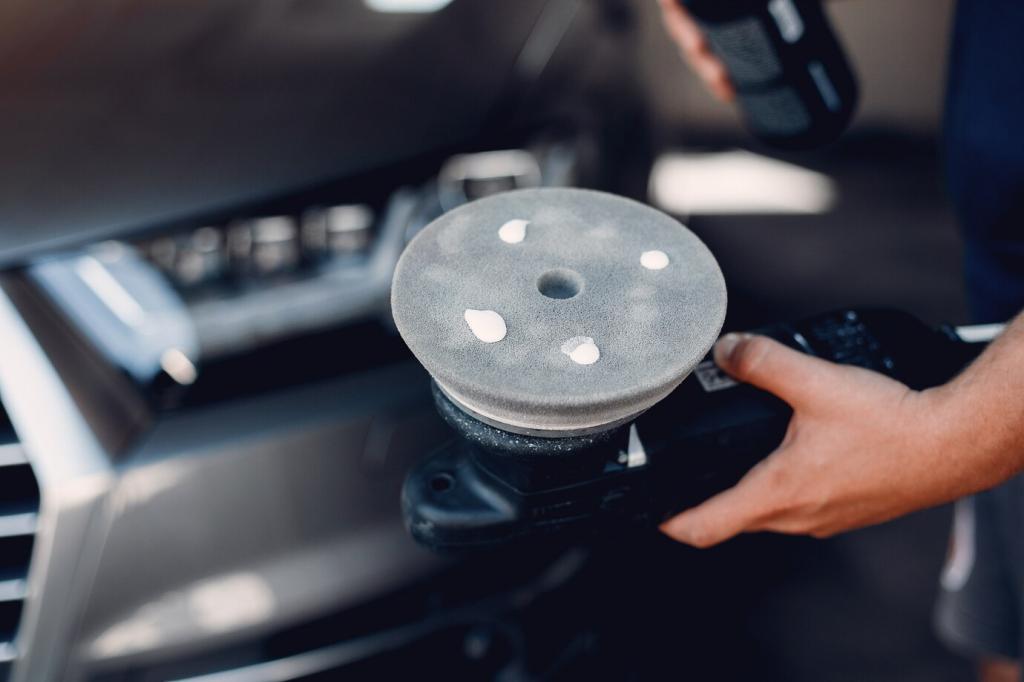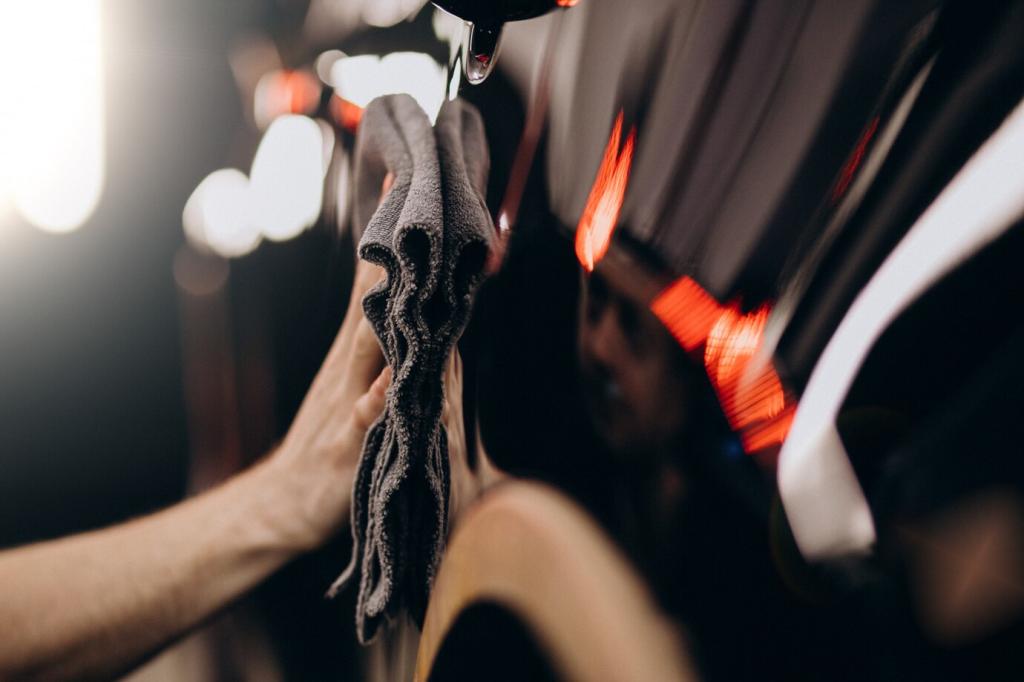Trendy Interior Detailing Techniques: Small Moves, Big Impact
Why Details Define Today’s Interiors
A crisp shadow gap or a pencil-thin profile can refine a room more than a new sofa. These micro decisions guide the eye, create rhythm, and make everyday surfaces feel designed rather than simply installed.

Why Details Define Today’s Interiors
From boutique hotels to cinematic sets, detailing trends leap into homes through social feeds and mood boards. Nail the technique behind the look, and your space feels intentional rather than imitative or overdone.
Shadow Gaps and Negative Reveals
Shadow gaps calm visual noise by separating surfaces with a razor-thin line. They especially shine where floors meet walls, around tall joinery, and at ceiling perimeters, emphasizing architecture without distracting moldings.


Shadow Gaps and Negative Reveals
Use straight, rigid tracks, check substrate alignment, and pre-plan paint schedules. The biggest mistake is trying to hide crooked framing with caulk. Precision now means maintenance stays effortless for years.
Fluted, Ribbed, and Slatted Surfaces
Vertical rhythm on entry walls or media consoles helps absorb sound and adds tactile depth. The hand instinctively reaches to trace the grooves, creating a daily moment of interaction with your home.
Try oak slats with a matte finish for gentle patina, ribbed MDF for paintable budget projects, or ceramic flutes for splash zones. Consistency in spacing and edging keeps the pattern feeling deliberate.
A reader lined a tight corridor with half-height fluted panels and a slim cap. The corridor looked taller, echoes softened, and a simple bench suddenly felt custom. Share your hallway experiments with us.
Textured Coatings: Microcement, Limewash, and Plaster
Microcement delivers seamless floors, benches, and splashbacks with minimal thickness. Limewash glows on walls, especially in low sun. Venetian-style plasters suit feature fireplaces, adding movement without overwhelming color.
Integrated Lighting as a Detailing Technique
Run a soft cove wash to lift ceilings, or conceal low LEDs in skirting to float furniture. In joinery, tuck strips behind flutes or shelves, highlighting texture while hiding the hardware completely.
Hardware, Profiles, and Slim Silhouettes
Thin Counter Edges and Elegant Profiles
Mitred stone with a thin apparent edge reads tailored, not fragile. Pair with pencil-round door edges or a subtle micro-bevel. These barely there moves keep surfaces sleek while remaining touch-friendly.
Minimal Hardware, Maximum Feel
Recessed pulls, knurled knobs, and slim backplates elevate everyday gestures. Test the hand-feel in person if possible. The right hardware turns a door opening into a quiet, repeated pleasure.
Make It Cohesive, Not Copy-Paste
Echo one line throughout: a reveal here, a slender profile there, a coordinated metal finish across rooms. Share photos of two details you plan to connect, and we will help refine the thread.
